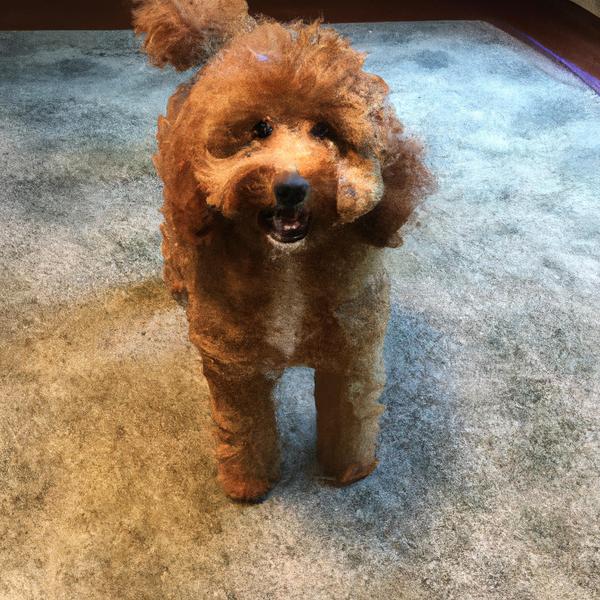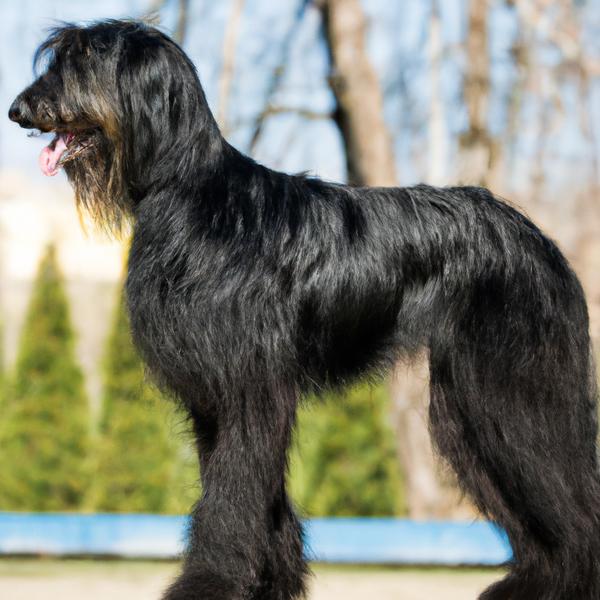Papi-poo vs. Black Russian Wolfhound Terrier: Breed Differences and Similarities
Hypoallergenic
Are Papi-poos or Black Russian Wolfhound Terriers hypoallergenic, or neither?
Unfortunately, neither Papi-poo nor Black Russian Wolfhound Terrier are hypoallergenic, which may not make them the best choice for dog lovers who suffer from pet allergies.
Temperament
What are the personalities of Papi-poo and Black Russian Wolfhound Terrier dogs?
Active
Happy
Energetic
Alert
Intelligent
Friendly
Trainable
Faithful
Instinctual
Playful
Dignified
Independent
Energetic
Intelligent
Confident
Affectionate
Patient
Loyal
Lively
Gentle
Social
Tempered
Sweet
Cheerful
Brave
Stable
Generous
Thoughtful
Defensive
Shedding Level
Do Papi-poos shed more than Black Russian Wolfhound Terriers, or which breed sheds more, Papi-poos or Black Russian Wolfhound Terriers?
Papi-poos shed very little hair, making them a great choice for those who dislike excess hair in the house.
Black Russian Wolfhound Terriers are low shedding dogs, requiring minimal coat care.
Origin
What is the origin of Papi-poo and Black Russian Wolfhound Terrier dog breeds?
United States
Europe
Ancestry
What are the origins of Papi-poo and Black Russian Wolfhound Terrier breeds?
Poodle and Papillon
Irish Wolfhound and Black Russian Terrier
Breed recognition
Which kennel clubs recognize/register Papi-poo and Black Russian Wolfhound Terrier?
ACHC = American Canine Hybrid Club
DBR = Designer Breed Registry
DDKC = Designer Dogs Kennel Club
DRA = Dog Registry of America, Inc.
IDCR = International Designer Canine Registry®
DRA = Dog Registry of America, Inc.
Date of Birth
When were Papi-poo and Black Russian Wolfhound Terrier breeds first developed?
1990s
Unknown
Eye Color Possibilites
What are the eye colors of Papi-poo and Black Russian Wolfhound Terrier dogs?
Brown
Amber
Brown
Nose Color Possibilites
What are the natural nose colors of Papi-poo and Black Russian Wolfhound Terrier?
Black
Black
Coat Color Possibilites
What are the natural colors of the coat for Papi-poo and Black Russian Wolfhound Terrier breeds?
White
Cream
Gray
Red
Sable
Black
White
Fawn
Brindle
Black
Gray
Cream
Red
Coat Length
What is the typical coat length for Papi-poo and Black Russian Wolfhound Terrier breeds?
Papi-poos have medium-length coats.
Black Russian Wolfhound Terriers have longer coats compared to most dogs.
Coat Density
What is the density of the coat of Papi-poo and Black Russian Wolfhound Terrier?
Coat Texture
What is the hair texture of Papi-poo and Black Russian Wolfhound Terrier?
Wavy
Litter Size
What is the usual litter size for Papi-poo and Black Russian Wolfhound Terrier?
A Papi-poo can have a litter of 2-4 puppies on average. However, it's worth noting that the size of the litters can vary greatly. Factors that can influence litter size include the health of the mother, breeding history, and genetics.
A Black Russian Wolfhound Terrier can have a litter of 6-12 puppies on average. However, it's worth noting that the size of the litters can vary greatly. Factors that can influence litter size include the health of the mother, breeding history, and genetics.
Adaptability
Papi-poos are highly adaptable and versatile, making them excellent companions for families and individuals of all lifestyles.
Black Russian Wolfhound Terriers are known for their adaptability and can adjust well to different environments and lifestyle changes.
Health Issues
Between Papi-poo and Black Russian Wolfhound Terrier, which breed is more prone to health problems?
While the Papi-poo breed is generally healthy, occasional vet check-ups are still necessary to address any health concerns.
Black Russian Wolfhound Terriers typically have low vet costs due to their good health, but it's important to monitor their health and seek vet care when necessary.
Major Concerns
What are the major health concerns for Papi-poo and Black Russian Wolfhound Terrier breeds?
Epilepsy
Von Willebrand's Disease
Hypothyroidism
Addison's Disease
Legg-Calve Perthes Disease
Collapsed Trachea
Otitis Externa
Hip And Elbow Dysplasia
Minor Concerns
What minor health issues should be kept in mind when owning Papi-poo and Black Russian Wolfhound Terrier?
Patellar Luxation
Hypoglycemia
Eye Problems
Anesthesia Sensitivity/Allergy
Occasional Tests
What occasional tests are recommended for Papi-poo and Black Russian Wolfhound Terrier breeds?
Optical Examination
Buccal Mucosal Screening
Full Physical Examination
Blood Work and Urine Tests
Full Chemistry Panel Tests and Blood Count
Physical and Neurologic Examination
Blood Tests and Analysis
X-rays or other radiographic imaging
Echocardiography (ultrasound)
ACTH Test
Hip
Elbow
Blood Test
X-Rays
Ear Examination
Complete Physical Examination
Social Needs
Papi-poo vs Black Russian Wolfhound Terrier social needs comparison
Papi-poo has very high social needs and requires regular mental and physical stimulation, a job or purpose, and companionship.
Black Russian Wolfhound Terrier has average social needs and is less independent than other breeds.
Sleeping Need
Which of the two sleeps the most/least: Papi-poo or Black Russian Wolfhound Terrier?
Papi-poos sleep less than other breeds but still need adequate sleep for good health.
Black Russian Wolfhound Terriers have moderate energy levels and typical sleep patterns of 12-14 hours per day.
Mouthiness
Mouthiness Comparison: Papi-poo vs Black Russian Wolfhound Terrier?
Roaming urge
Papi-poo vs Labrador: Running away tendency?
Prey Drive
Papi-poo or Black Russian Wolfhound Terrier - which breed has a higher level of prey drive?
Activity Level
Which breed has higher energy, Papi-poos or Black Russian Wolfhound Terriers?
Both Papi-poo and Black Russian Wolfhound Terrier are medium-energy dogs that enjoy socializing and playing with other dogs. They may engage in casual or sustained games of chase, and occasionally have bursts of barking or racing around the house.
Tolerance of being left alone
Walks per Week
How many miles should Papi-poo or Black Russian Wolfhound Terrier walk each week?
There's really no limit to how far you walk your dog as long as they're comfortable. For Papi-poo, it's at least 7 miles / week. Just remember to build distance and stamina gradually over time.
There's really no limit to how far you walk your dog as long as they're comfortable. For Black Russian Wolfhound Terrier, it's at least 14 miles / week. Just remember to build distance and stamina gradually over time.
Activity per Day
Do Papi-poos or Black Russian Wolfhound Terriers require more exercise?
Both Papi-poo and Black Russian Wolfhound Terrier typically require a minimum of 60 minutes of exercise each day. The exercise can be spread throughout the day and may involve high-energy activities like walking, running, and playing.
Grooming
Which breed is easier to maintain in terms of grooming, Papi-poos or Black Russian Wolfhound Terriers?
Papi-poos require significant grooming, including regular trims and professional grooming assistance to maintain their coat. They may also require frequent bathing to keep their coat and skin healthy.
The Black Russian Wolfhound Terrier requires an average amount of grooming compared to other breeds.
Brushing Frequency
What is the recommended brushing frequency for Papi-poo and Black Russian Wolfhound Terrier dogs?
Ideally, Papi-poo should be brushed at least 2 or 3 times a week (preferably daily) improve shedding.
Black Russian Wolfhound Terrier should be brushed at least once a week. Of course you can give them more frequent brushes if you find that they are still shedding a lot
Brushing Tools
What brushing tools are used for Papi-poos and Black Russian Wolfhound Terriers?
Pin Brush
Dematter
Comb
Nail Clipper
Pin Brush
Dematter
Scissors
Nail Clipper
Cups
How much food should be given to Papi-poo or Black Russian Wolfhound Terrier in cups?
For an average 7-14 pound (3 - 6 kg) Papi-poo feed 1 cups daily. But, keep in mind, the amount you feed is going to be dependent on the quality of the food you are feeding.
For an average 80-150 pound (36 - 68 kg) Black Russian Wolfhound Terrier feed 3.5 cups daily. But, keep in mind, the amount you feed is going to be dependent on the quality of the food you are feeding.
Daily Cost
Which breed has a higher daily cost, Papi-poo or Black Russian Wolfhound Terrier?
The average cost of a Papi-poo is somewhere $1.40 - $2.80 per day.
The average cost of a Black Russian Wolfhound Terrier is somewhere $2.80 - $3.50 per day.
Monthly Cost
Which breed has a higher monthly cost, Papi-poo or Black Russian Wolfhound Terrier?
The average per month expenses of a Papi-poo is between $36 - $39. This makes an average of $432 - $468 per year. It will be on the higher side when the dog is still small because it will need more frequent visits to the vet, shots.
The average per month expenses of a Black Russian Wolfhound Terrier is between $84 - $105. This makes an average of $1008 - $1260 per year. It will be on the higher side when the dog is still small because it will need more frequent visits to the vet, shots.
Sensitivity Level
How do Papi-poo and Black Russian Wolfhound Terrier compare in sensitivity?
These breeds are more sensitive than others and easily overwhelmed by new surroundings and people. Papi-poo and Black Russian Wolfhound Terrier need gentle handling and a calm, stable home environment with positive reinforcement training.
Apartment Friendly
Which breed is more apartment-friendly: Papi-poo or Black Russian Wolfhound Terrier?
The Papi-poo is a great apartment dog, thriving with sufficient exercise and time outside as part of their daily routine.
Black Russian Wolfhound Terriers are good apartment dogs as long as they get enough exercise and stimulation outside of the apartment.
Child Friendly
Do Papi-poos or Black Russian Wolfhound Terriers have a friendlier temperament towards children?
Papi-poos make excellent family pets for kids due to their gentle, protective nature and calm temperament.
Black Russian Wolfhound Terriers are good with kids if socialized and trained from a young age.
Senior-friendly
Which dog is more suitable as a pet for the elderly - Papi-poo or Black Russian Wolfhound Terrier?
Cat Friendly
Do Papi-poo or Black Russian Wolfhound Terrier breeds have a better compatibility with cats?
Papi-poos are very friendly with cats and make great companions for them.
Black Russian Wolfhound Terriers are average in their friendliness toward cats and tend to do well with them, especially if raised together.
Dog Friendly
Which breed is more sociable with other dogs: Papi-poo or Black Russian Wolfhound Terrier?
Papi-poos are average in their friendliness towards other dogs, and socialization can help.
Black Russian Wolfhound Terriers are friendly and active companions, and can be good family pets, though their friendliness towards other dogs may vary.
Pet friendly
How do Papi-poo or Black Russian Wolfhound Terrier dogs interact with other pets?
Stranger Friendly
Which breed is more friendly with strangers: Papi-poo or Black Russian Wolfhound Terrier?
Papi-poos are highly friendly around strangers.
Black Russian Wolfhound Terriers are quick to announce strangers and can be standoffish or suspicious.
Playfulness
Which breed is more playful between Papi-poo and Black Russian Wolfhound Terrier?
Papi-poos are very playful, so adopting an older one might be a better option for a more relaxed experience.
Black Russian Wolfhound Terriers have an average level of playfulness, enjoying playtime like most dogs but not excessively so.
Trainability
How do the trainability levels of Papi-poos and Black Russian Wolfhound Terriers compare?
Papi-poo and Black Russian Wolfhound Terrier dogs are known for their ease of training and ability to learn quickly, making them a popular choice for pet owners and trainers alike.
Compare Papi-poo with other breeds
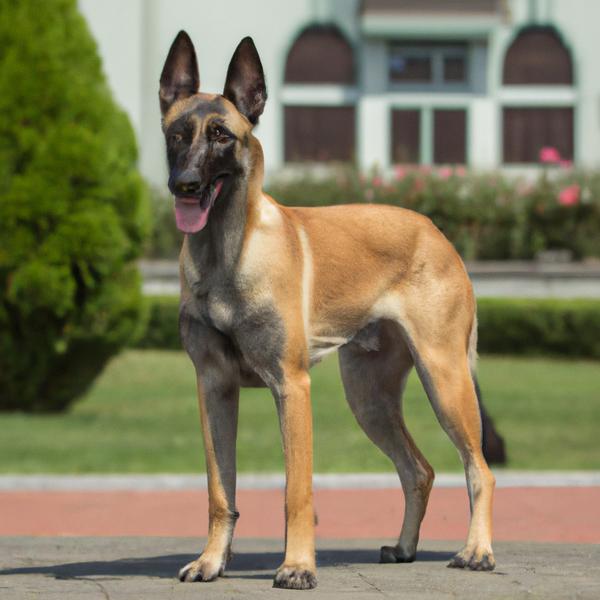
Belgian Malinois
Papi-poo vs Belgian Malinois
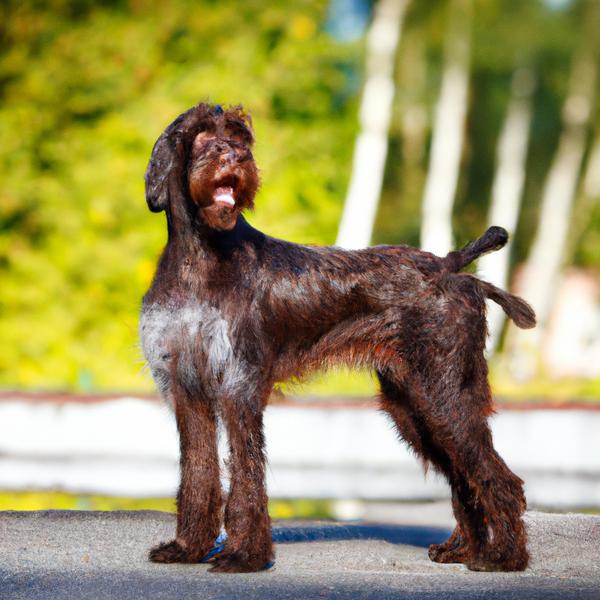
Irish Russian Spanterrier
Papi-poo vs Irish Russian Spanterrier
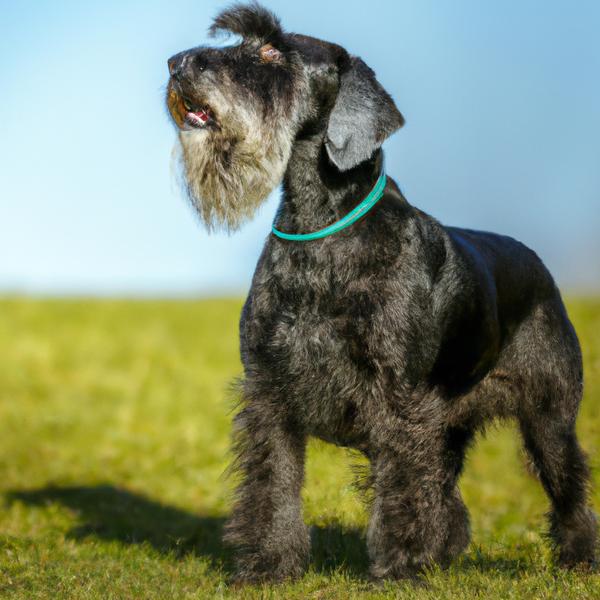
Schnocker
Papi-poo vs Schnocker
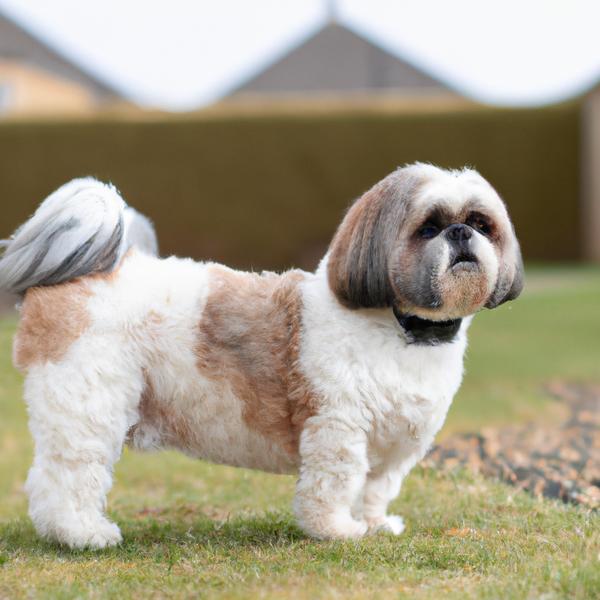
English Lhasa Bull
Papi-poo vs English Lhasa Bull
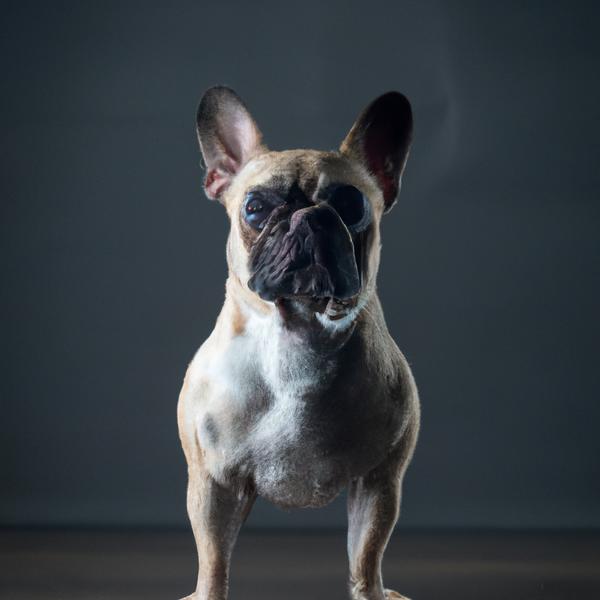
French Pin
Papi-poo vs French Pin
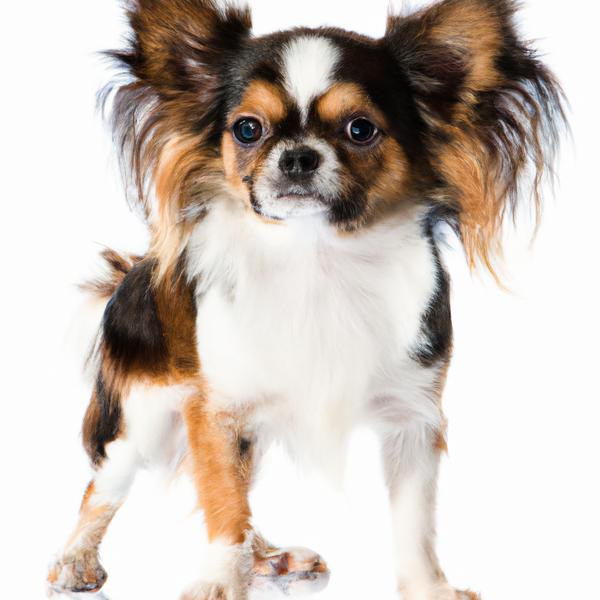
Chi-Spaniel
Papi-poo vs Chi-Spaniel
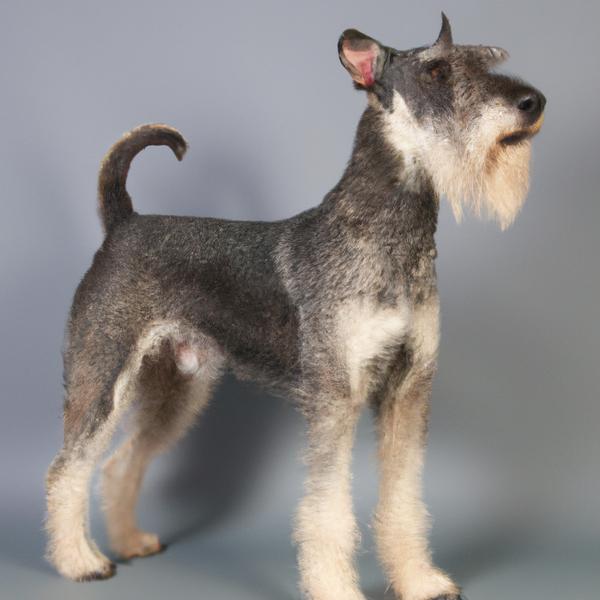
Standard Ratzer
Papi-poo vs Standard Ratzer

Ratshire Terrier
Papi-poo vs Ratshire Terrier
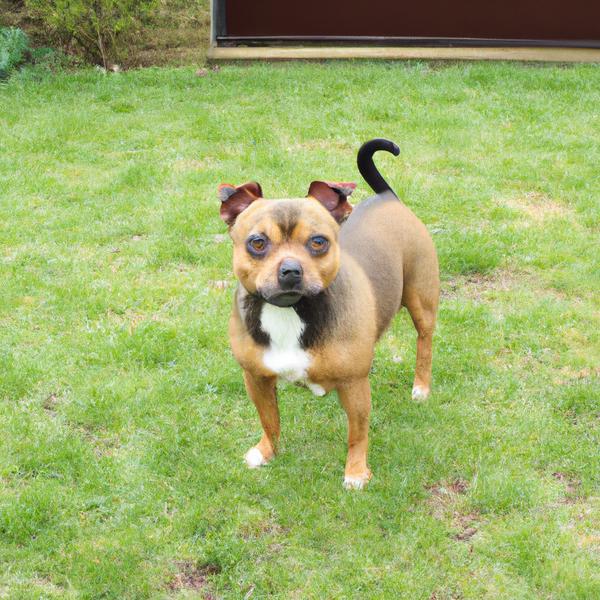
Chi Staffy Bull
Papi-poo vs Chi Staffy Bull
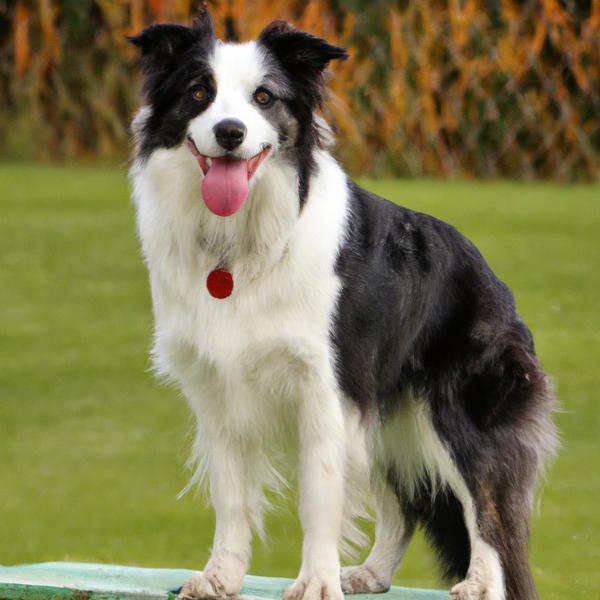
Border Collie Britt
Papi-poo vs Border Collie Britt
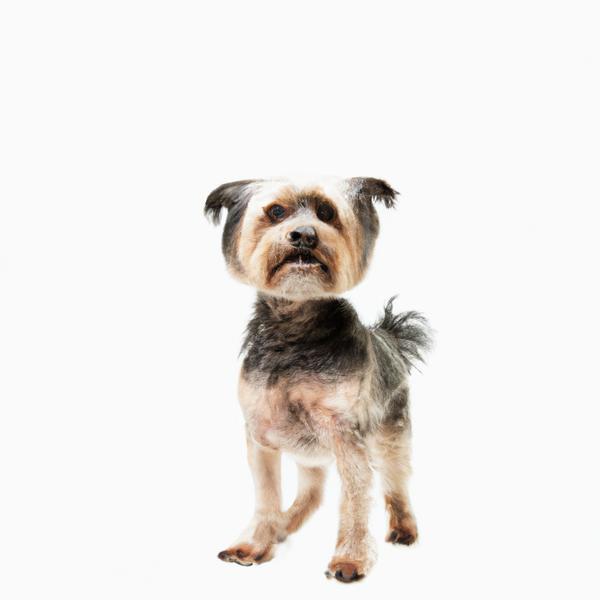
Smooth Torkie
Papi-poo vs Smooth Torkie
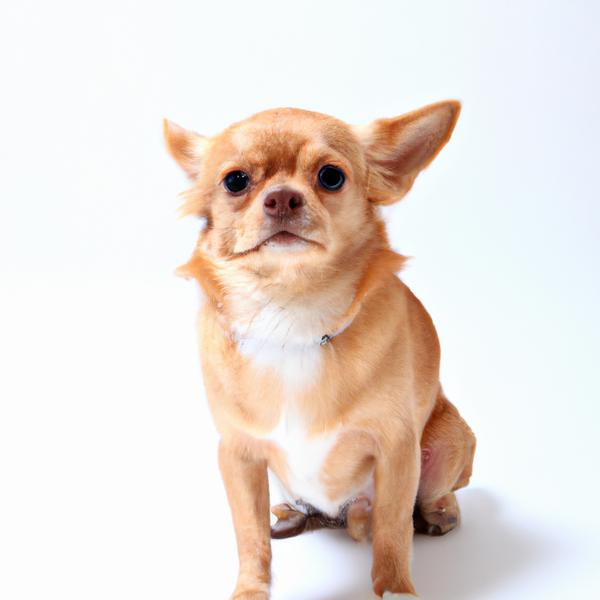
Chi-Chi
Papi-poo vs Chi-Chi
